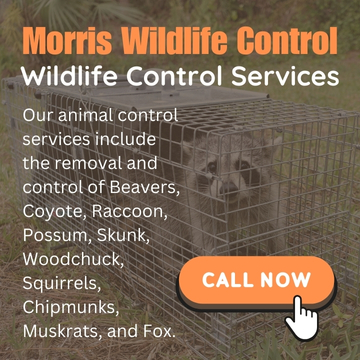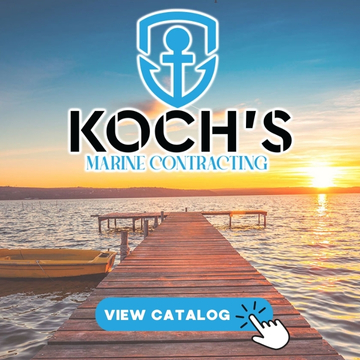

- Connections Academy
- Family Features
- Hits: 314
Career Ready: 3 strategies to prepare teens for life after school
For some time, heading to college or joining the workforce have been the standard choices for teens upon high school graduation. Today, in part due to technology and social media, students have access to myriad career paths that are all but traditional.
With an increasingly dynamic career landscape creating an awareness of jobs that didn’t exist even 10 years ago and a shortage in the workforce, there’s a willingness for both potential employees and employers to look at careers and young talent from a whole new perspective.
“There isn’t a ‘typical’ career anymore,” said Dr. Lorna Bryant, Gen Z career expert and head of career education for Pearson Virtual Schools. “With the perfect storm in the workforce of boomers retiring, many people still not returning to work in the wake of the pandemic and a population that has declined for the last 50 years, this generation (ages 11-26) is positioned extremely well. Employers want and need them. In short, the scales have flipped to the supply side and demand is causing many employers to remove barriers to work entry. Whether high school grads go to college or work, developing in-demand skills early will help them secure and succeed in the jobs of the future.”
Consider these tips from Bryant to help students explore the many options in front of them and prepare for the possibilities that await after high school.
Help Kids Cultivate Durable Skills
 While technology has transformed the world of work, an increasing number of careers prioritize durable skills over technical or hard skills. Durable skills (also known as “soft” or “human” skills) include collaboration, leadership, communication and attention to detail, along with traits like empathy, grit and resilience. According to Pearson’s Power Skills report, these are some of the most in-demand skills for employers. In addition, research from America Succeeds found employers seek durable skills 3.8 times more frequently than the top five technical or hard skills in every location, industry sector and educational attainment level. Possessing these skills is not only attractive to employers but colleges and universities, too. One of the best ways to prepare for the jobs of tomorrow, which don’t exist today, is to focus on timeless durable skills.
While technology has transformed the world of work, an increasing number of careers prioritize durable skills over technical or hard skills. Durable skills (also known as “soft” or “human” skills) include collaboration, leadership, communication and attention to detail, along with traits like empathy, grit and resilience. According to Pearson’s Power Skills report, these are some of the most in-demand skills for employers. In addition, research from America Succeeds found employers seek durable skills 3.8 times more frequently than the top five technical or hard skills in every location, industry sector and educational attainment level. Possessing these skills is not only attractive to employers but colleges and universities, too. One of the best ways to prepare for the jobs of tomorrow, which don’t exist today, is to focus on timeless durable skills.
Many students already possess or are actively developing these skills in high school. The key is to raise awareness of their importance, seek ways to boost them and showcase them on college and job applications or resumes. For example, teens can display their leadership skills by captaining sports teams or starting a club at school. They can showcase collaboration and communication abilities by holding and thriving in student government positions, volunteering or working part-time jobs.
Bridge Passions and Hobbies to Careers
Beginning conversations with children as early as middle school that expose students to job roles, responsibilities and salaries connected to areas of interest is important for setting them up for long-term success. Nurturing interests – rather than dismissing them as flights of fancy – and finding paths to explore that align with those hobbies or interests in real-world applications can open doors to potential careers that may not have previously been considered.
For example, Lake Liao, a 2023 Lighthouse Connections Academy grad, is attending Princeton University on a pre-law track. The flexibility of online school enabled him to dig into his passions for political and community organizing and activism in high school, including activism around climate and environmental policy. It was through joining local nurses in their fight for a fair contract he realized he wanted to be a lawyer and make a difference in the labor rights cause.
To help students align their values and interests with potential careers, ask questions such as:
- What is it, specifically, you enjoy about your interests? What jobs rely on related skills (working with your hands, serving others, being creative, etc.)?
- Do you have the skills to do those jobs? If not, what research and training do you need to acquire the necessary skillset?
- Are there related jobs available in the geographic location you want to live?
- Can you make enough money to live the lifestyle you want doing this job?
- Can you envision enjoying this type of work for 8 (or more) hours per day?
Get a Head Start on Credentials or College Credit
As earning college credits, career-ready credentials and specialized training for future careers is becoming more accessible for high school and middle school students, it’s important to research available options. From online resources, workshops, career counselors and accelerated career readiness programs that allow students to enter college or the workforce “job-ready,” there are more options available now than ever before.
One example, Connections Academy, a K-12 online school program, has expanded its slate of college and career readiness initiatives for middle and high school students to offer an innovative tri-credit approach where courses can deliver high school credit; industry-recognized micro-credentials (to help qualify for careers in data analytics, UX design, software development, cybersecurity and more); and eligibility for college credit toward more than 150 bachelor’s degree programs at partner universities in the United States. In addition, the Career Pathways program delivers curated learning experiences in fields such as IT, business and health care, allowing students to connect with employers, internships and clubs, and take advantage of specialized classes that transition seamlessly to higher education or nationally recognized, industry certifications.
Taking advantage of program offerings, aspiring paramedic Maeson Frymire, a 2022 Inspire Connections Academy graduate, became certified as an EMT before graduating high school. After graduation, he became a firefighter and is now working toward becoming an advanced certified EMT, carving out a career path toward flight paramedicine.
Or consider Abigail Sanders, also a 2022 graduate, who completed her bachelor’s degree by the time she graduated high school. Now in the second year of her doctorate program in medical school, she aspires to be a doctor by the age of 22 and uses her love of learning and passion for science to advance her career while seeking to become an oncologist.
For more information on online schools and career readiness programs for teens, visit ConnectionsAcademy.com.
Photos courtesy of Getty Images
Connections Academy







